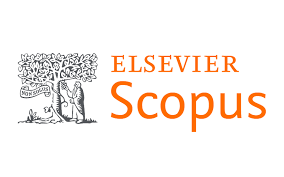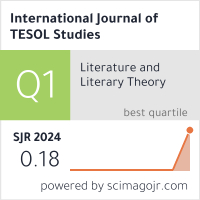2632-6779 (Print)
2633-6898 (Online)


Scopus
Ulrich’s Periodicals Directory (ProQuest)
MLA International Bibliography
MLA Directory of Periodicals
Directory of Open Access Journals (DOAJ)
QOAM (Quality Open Access Market)
British National Bibliography
WAC Clearinghouse Journal Listings
EBSCO Education
ICI Journals Master List
ERIH PLUS
CNKI Scholar
Gale-Cengage
WorldCat
Crossref
Baidu Scholar
British Library
J-Gate
ROAD
BASE
Publons
Google Scholar
Semantic Scholar
ORE Directory
TIRF
China National Center for Philosophy and Social Sciences Documentation
Lucy Macnaught
Jennifer Yates
Auckland University of Technology, New Zealand
Abstract
Although various e-learning technologies have been in use for decades, the rapid worldwide spread of COVID-19 has made online teaching and learning 'the new normal'. Many academic units, such as our team of Learning Advisors at Auckland University of Technology, have had to make quick decisions about the design of online learning experiences for students. This study reports on the creation of online writing workshops for postgraduate research students. In our context, research students can self-enrol in 'one-off' workshops where they typically do not know each other. As teaching staff, we also had little prior knowledge of how best to design student participation in synchronous writing activities. An initial challenge was thus to identify different means through which students can participate online, and then use these findings to inform workshop design. Our findings centre on an online participation matrix with two sets of simultaneous options: whether participants are identified or not; and whether their participation occurs as a series of discrete actions by individuals, or as simultaneous actions by multiple participants. In Blackboard Collaborate Ultra, we found that these combinations give rise to observant, anonymous, episodic, concealed, or discursive participation. We define and illustrate each of these participation types, discuss their sequencing across an entire workshop, and reflect on specific adaptations from face to face settings. These findings are of particular relevance to teachers who are exploring a variety of software features and want to make principled choices for the design of activities in online writing workshops.
Keywords
Synchronous e-learning, writing instruction, learning design, research writing, guided practice